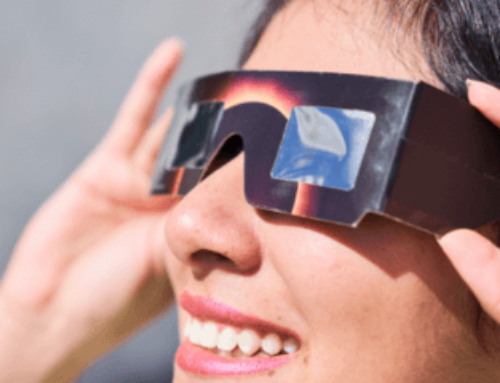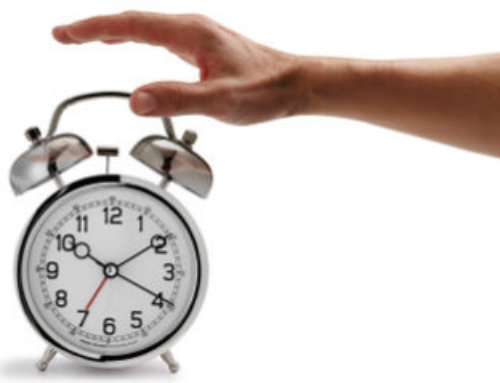EMBARGOED FOR RELEASE: 12:01 a.m. EDT, June 13, 2012
CONTACT: Thomas Heffron, 630-737-9700, ext. 9327, theffron@aasm.org
DARIEN, IL – Wake up, America, and lose some weight – it’s keeping you tired and prone to accidents. Three studies being presented today at sleep 2012 conclude that obesity and depression are the two main culprits making us excessively sleepy while awake.
Researchers at Penn State examined a random population sample of 1,741 adults and determined that obesity and emotional stress are the main causes of the current “epidemic” of sleepiness and fatigue plaguing the country. Insufficient sleep and obstructive sleep apnea also play a role; both have been linked to high blood pressure, heart disease, stroke, depression, diabetes, obesity and accidents.
“The ‘epidemic’ of sleepiness parallels an ‘epidemic’ of obesity and psychosocial stress,” said Alexandros Vgontzas, MD, the principal investigator for the three studies. “Weight loss, depression and sleep disorders should be our priorities in terms of preventing the medical complications and public safety hazards associated with this excessive sleepiness.”
In the Penn State cohort study, 222 adults reporting excessive daytime sleepiness (EDS) were followed up 7½ years later. For those whose EDS persisted, weight gain was the strongest predicting factor. “In fact, our results showed that in individuals who lost weight, excessive sleepiness improved,” Vgontzas said.
Adults from that same cohort who developed EDS within the 7½-year span also were studied. The results show for the first time that depression and obesity are the strongest risk factors for new-onset excessive sleepiness. The third study, of a group of 103 research volunteers, determined once again that depression and obesity were the best predictors for EDS.
“The primary finding connecting our three studies are that depression and obesity are the main risk factors for both new-onset and persistent excessive sleepiness,” Vgontzas said.
In the Penn State cohort study, the rate of new-onset excessive sleepiness was 8 percent, and the rate of persistent daytime sleepiness was 38 percent. Like insufficient sleep and obstructive sleep apnea, EDS also is associated with significant health risks and on-the-job accidents.
The three abstracts are being presented today at SLEEP 2012, the 26th annual meeting of the Associated Professional Sleep Societies (APSS) in Boston. To be placed on the mailing list for SLEEP 2012 press releases or to register for SLEEP 2012 press credentials, contact AASM PR Coordinator Doug Dusik at 630-737-9700 ext. 9364, or at ddusik@aasm.org.
A joint venture of the American Academy of Sleep Medicine and the Sleep Research Society, the annual SLEEP meeting brings together an international body of more than 5,500 leading clinicians and scientists in the fields of sleep medicine and sleep research. At SLEEP 2012 (www.sleepmeeting.org), more than 1,300 research abstract presentations will showcase new findings that contribute to the understanding of sleep and the effective diagnosis and treatment of sleep disorders such as insomnia, narcolepsy and sleep apnea.
Follow @aasmorg on Twitter for live updates and use the official hashtag #SLEEP2012 to see what attendees are saying. “Like” the American Academy of Sleep Medicine on Facebook at Facebook.com/sleepmedicine for photos, videos and more.








